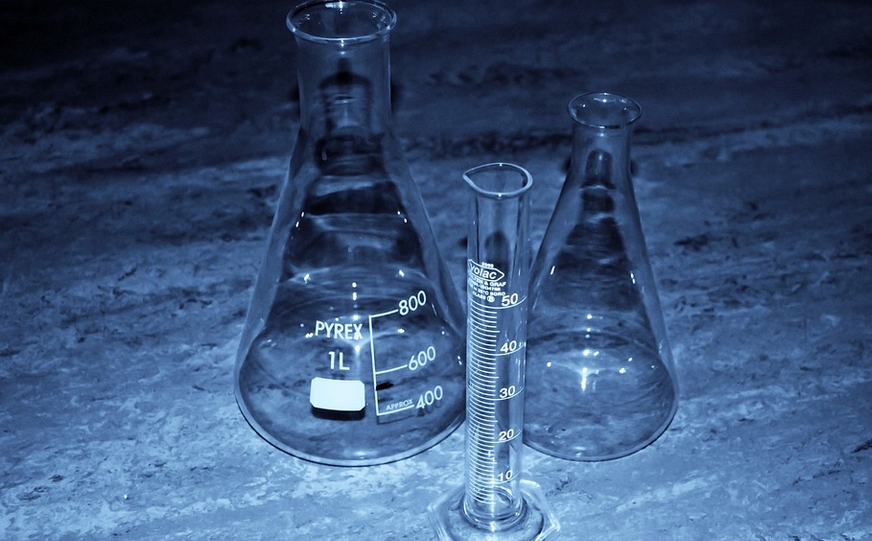Introduction
Sodium bicarbonate, also known as baking soda, is a common household item used for baking and cleaning purposes. However, it also has many applications in the laboratory, including as a buffer solution. In this article, we will discuss the process of titrating sodium bicarbonate with hydrochloric acid (HCl), which can be used to determine the concentration of the bicarbonate solution.
What is Titration?
Titration is a process in which a solution of known concentration is added to a solution of unknown concentration until the reaction between the two is complete. This allows the concentration of the unknown solution to be determined. In the case of sodium bicarbonate titration with HCl, the reaction that occurs is as follows: NaHCO3 + HCl → NaCl + CO2 + H2O
Equipment Needed
To perform the titration, you will need the following equipment: – Sodium bicarbonate solution – Hydrochloric acid solution of known concentration – Burette – Conical flask – Phenolphthalein indicator – Distilled water
The Procedure
1. Using a pipette, measure out a known volume of sodium bicarbonate solution and transfer it to a conical flask. 2. Add a few drops of phenolphthalein indicator to the solution. The solution will turn pink. 3. Fill the burette with the hydrochloric acid solution of known concentration. 4. Slowly add the hydrochloric acid solution to the sodium bicarbonate solution while stirring constantly. 5. Continue adding the hydrochloric acid solution until the solution turns from pink to colorless. This indicates that the reaction is complete. 6. Record the volume of hydrochloric acid solution used.
Calculations
Using the volume of hydrochloric acid solution used and the known concentration of the solution, the concentration of the sodium bicarbonate solution can be calculated using the following equation: C1V1 = C2V2 Where C1 is the concentration of the hydrochloric acid solution, V1 is the volume of the hydrochloric acid solution used, C2 is the concentration of the sodium bicarbonate solution, and V2 is the volume of the sodium bicarbonate solution used.
Conclusion
Titrating sodium bicarbonate with hydrochloric acid is a useful technique for determining the concentration of a bicarbonate solution. By following the above procedure and calculations, accurate results can be obtained. This technique is commonly used in many laboratory settings and is an essential tool for any chemist or researcher.

